Jungnim-ri Dolmens (Gochang Dolmens)
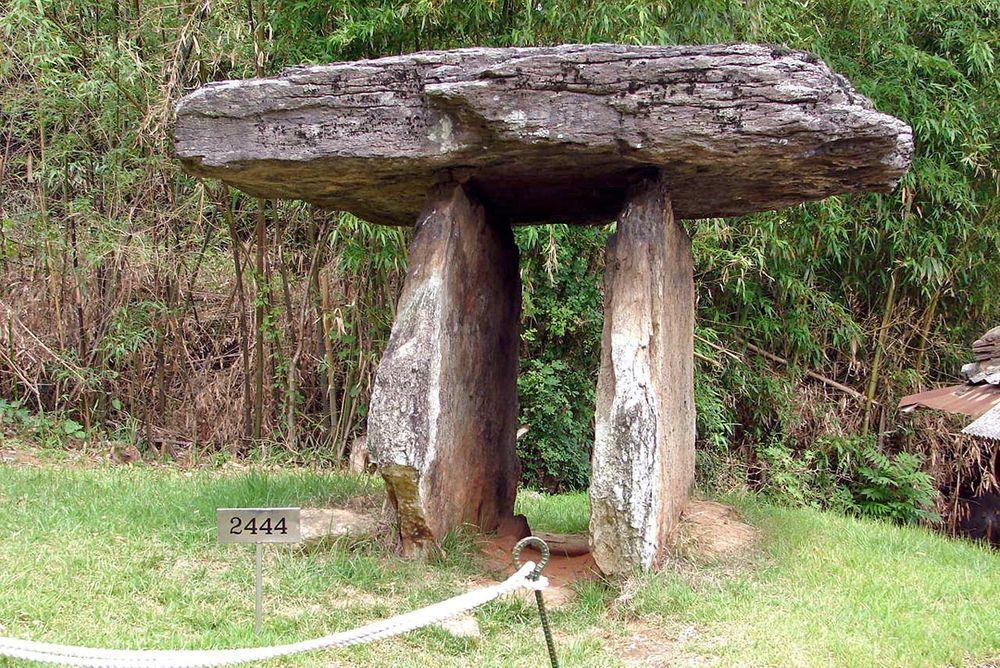
Group of some of the most impressive of the numerous South Korean dolmens, their capstones weigh up to 225 tons. In this area are found more than 447 dolmens that were created in the 7th – 3rd centuries BC. Nearby are other impressive megaliths. Here is located also a museum.
Tehuacan stone snakes (tecuates)
Unusual and impressive travertine formations. These formations mark the lime deposits of ancient channels. The soil has weathered away leaving the hardened lime as enormous snakes stretching across the valley. These natural “channels” were used for the irrigation by local people before the coming of Spanish.
Xochimilco
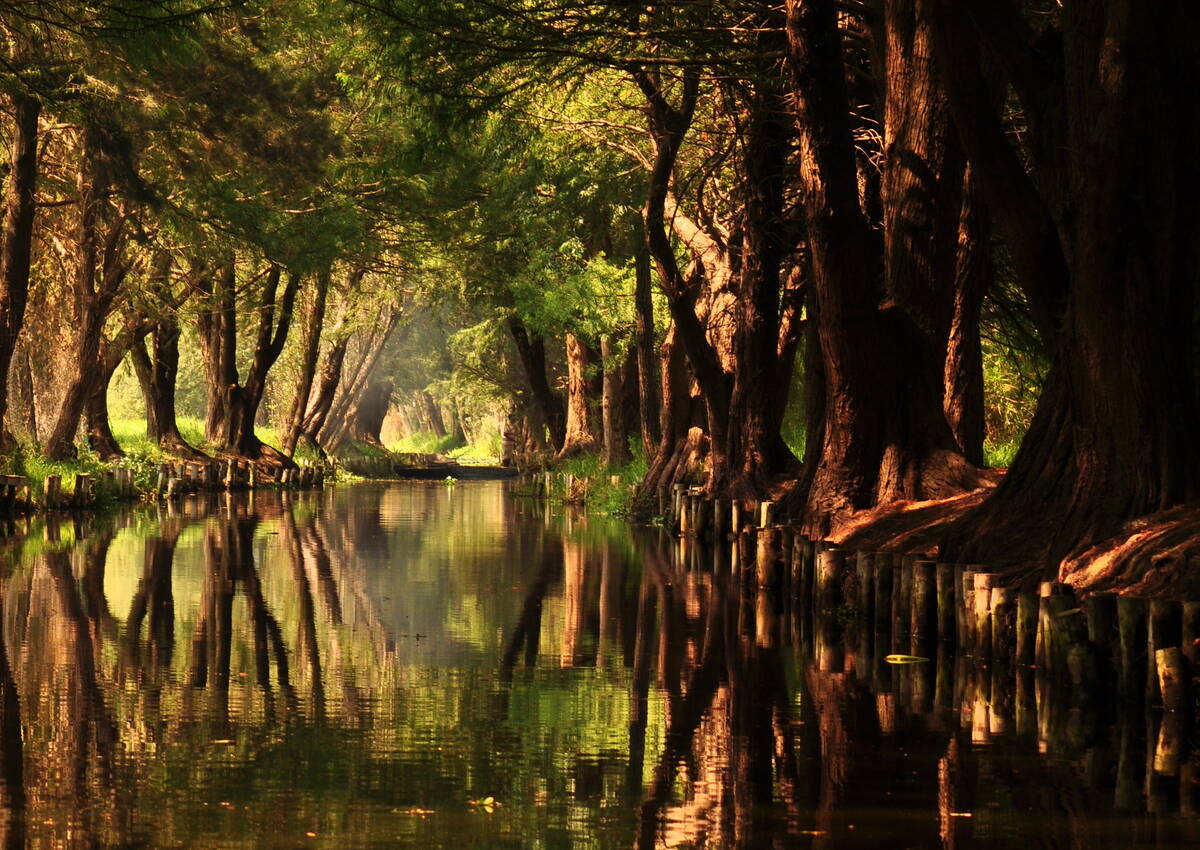
Unique monument of urban planning inherited from Aztec times. Here has been preserved the network of ancient channels with chinampas – island gardens. Channels are traveled by special boats – trajineras. Channels and islands contain endemic plants and animals including unique salamander – axolotl (Ambystoma mexicanum).
Tetzcotzingo
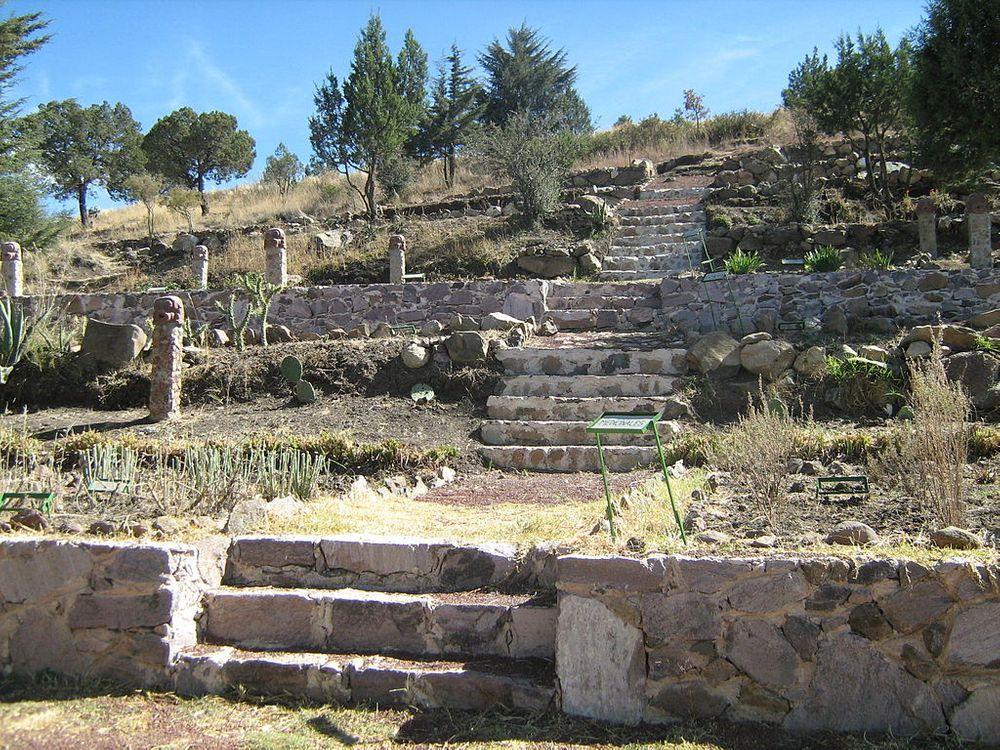
One of the oldest botanical gardens in the world. Imperial summer gardens for Aztec emperors of nearby Texcoco. Developed in the 15th century as a collection of plants and animals. Includes very impressive and unusual waterworks and other structures to sustain the diverse life forms.
Las de Paquimé
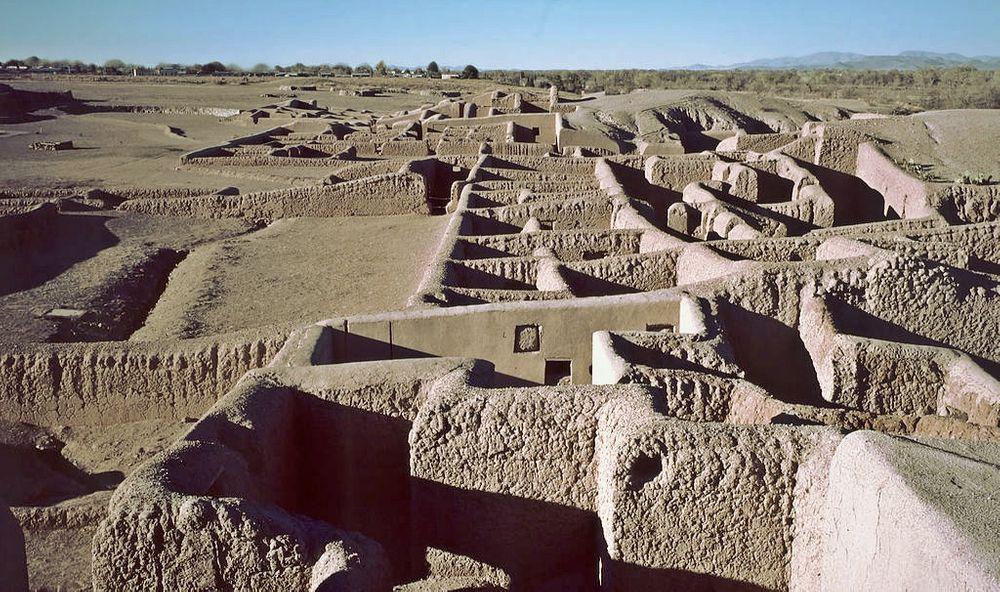
The most impressive ruins of the so-called Casas Grandes monuments. Remnants of ancient settlement from 1130 – 1300 AD. Gradually evolved into a multi-storied single structure that housed up to 2500 people.
Tula (Mexico)
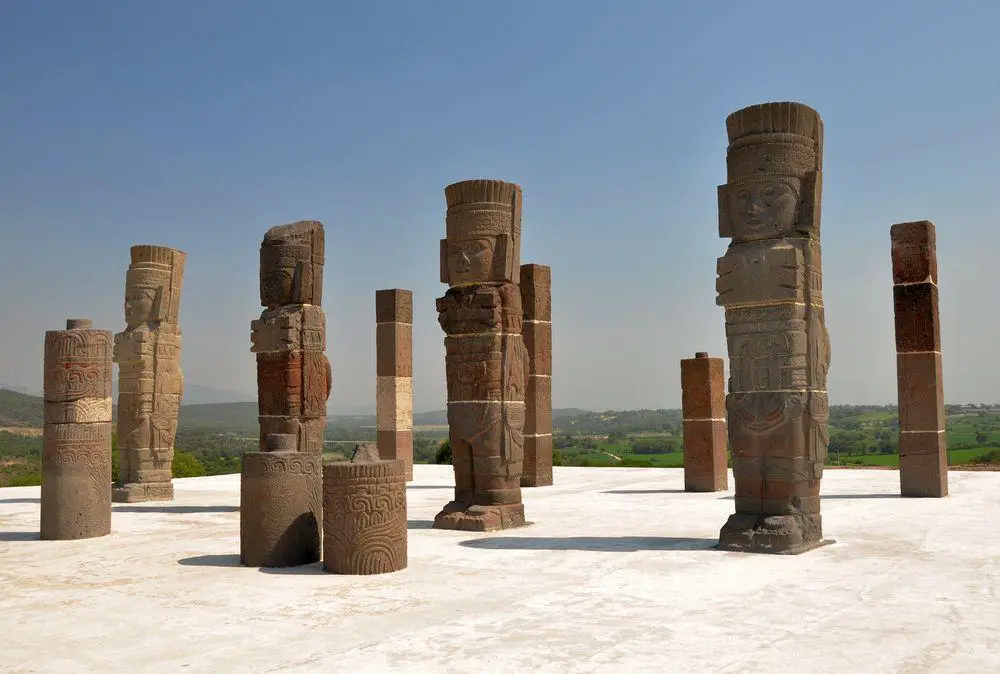
The largest ancient city in central Mexico in the 9th – 10th centuries AD. Capital of Toltecs at 980 AD, destroyed sometimes in 1168 – 1179. Nowadays preserved complexes of ceremonial buildings in two sites including pyramids, famous columns in the form of Toltec warriors.
Xochicalco
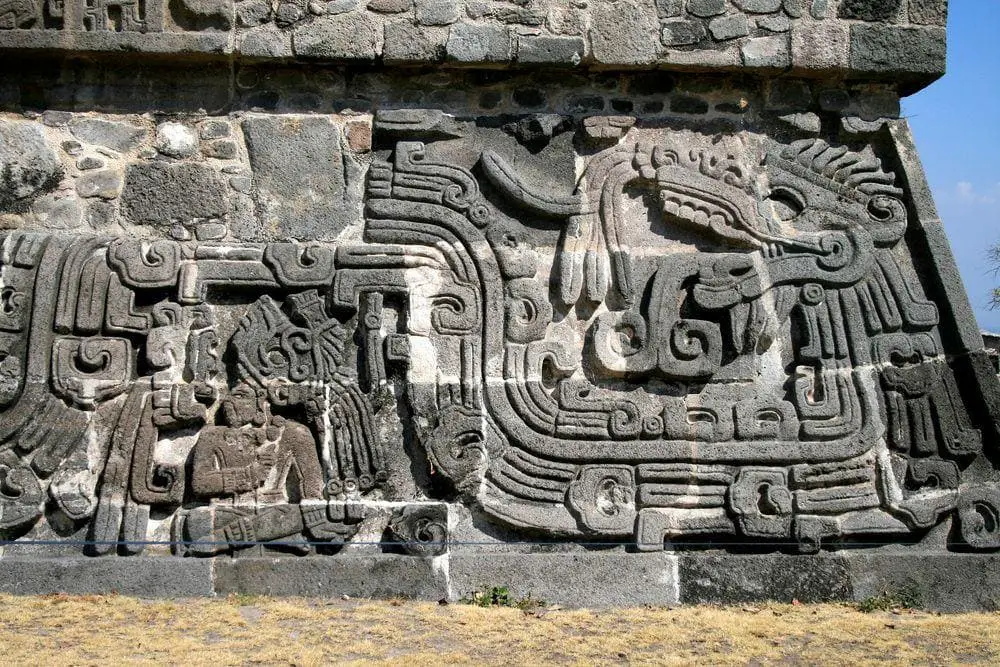
Remnants of a fortified city – an important urban center in 700 – 900 AD. Contains large structures entirely covered with sculptural work of exceptional quality. Observatory in a painted and frescoed cave.
El Tajin, Mexico
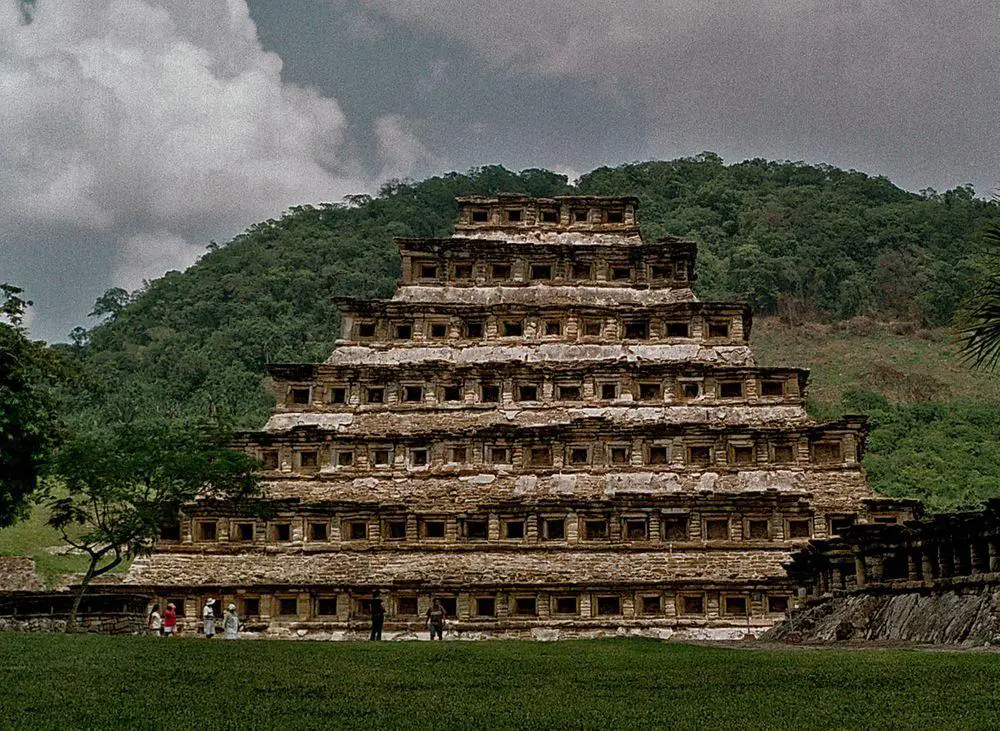
One of the most important ancient cities of Mesoamerica. Flourished in 600 – 1200 AD, inhabited by people of diverse nationalities. Impressive monuments are Pyramid of the Niches, Building 5 (also a pyramid) and other pyramid-shaped temples.
Cantona
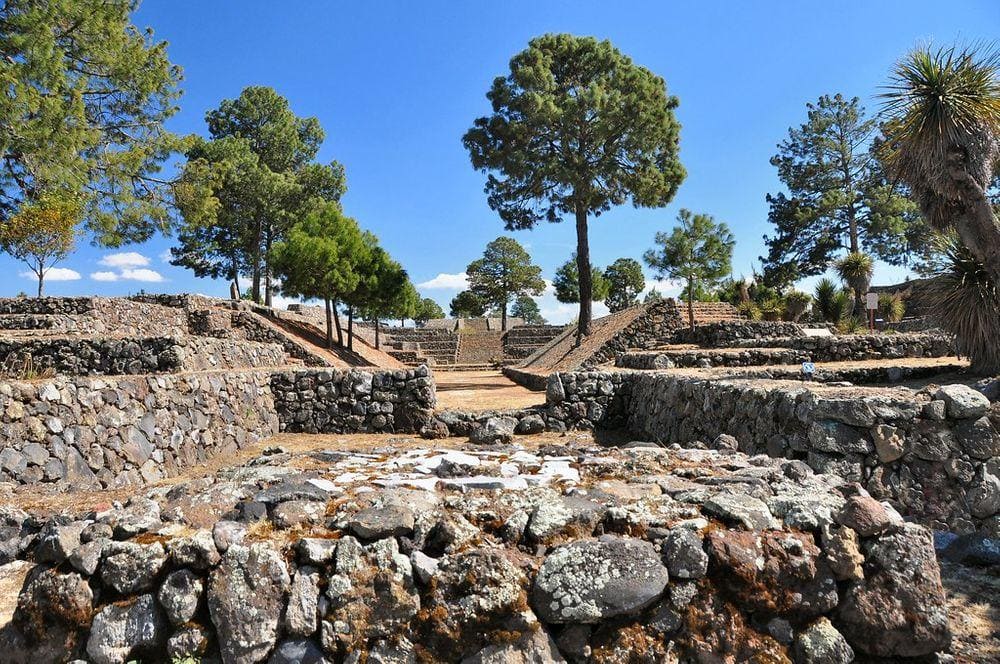
Remnants of a heavily fortified ancient Mesoamerican city from 600 – 1000 AD. Unusual due to a high concentration of ballcourts – 24 found so far. All structures here have been built without any mortar.
La Quemada
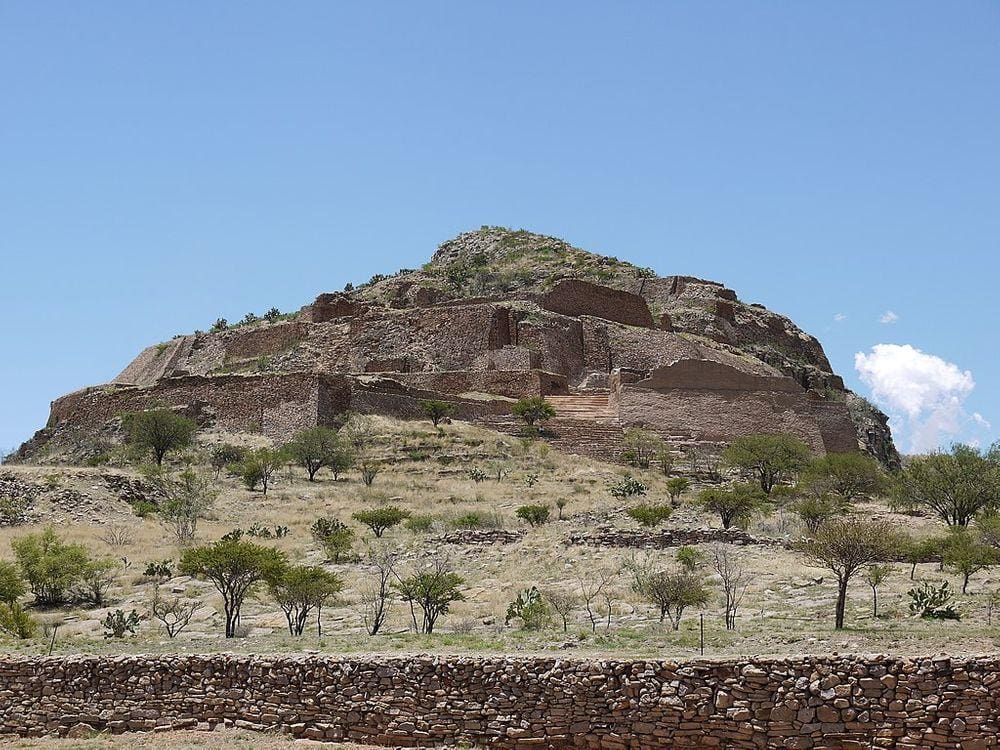
Remnants of an ancient city from 300 – 1200 AD. It is unclear which culture built it. The architecture of structures resembles the style of great Mesoamerican cultures but the city is located far north from other Mesoamerican cities. Impressive building is Votive Pyramid.
